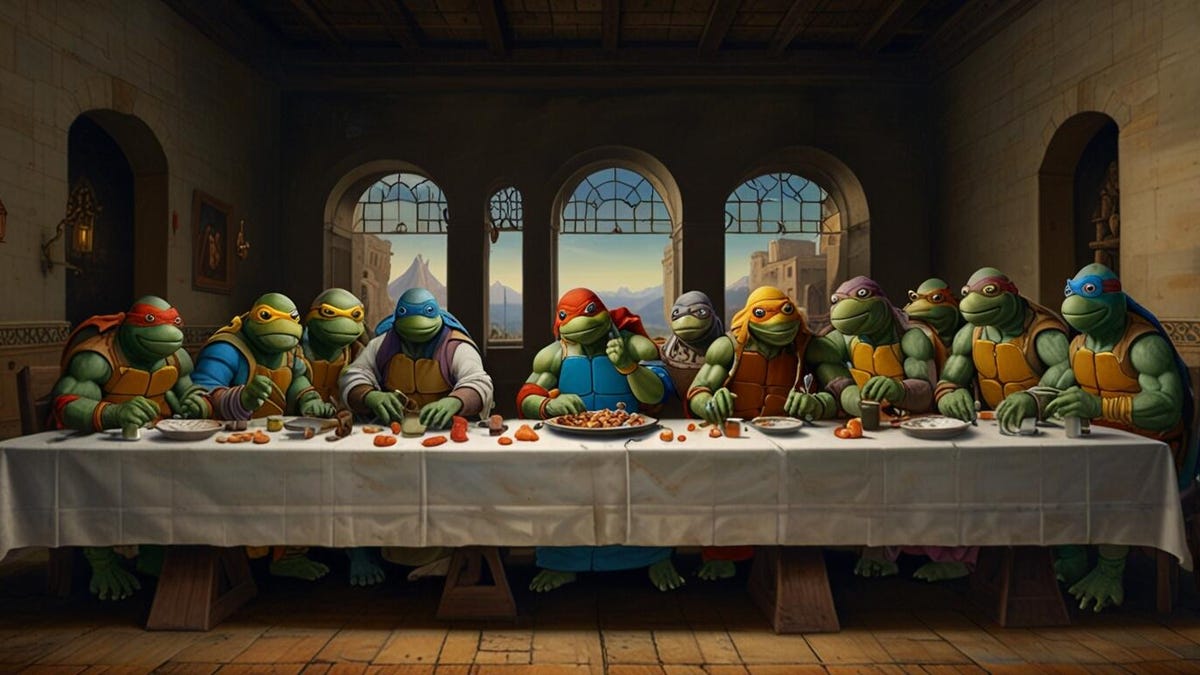AI Image Generators Still Struggle with Faces, Logos, and Complex Scenes

Key Points
- AI generators excel at creating striking visuals but often misrender human faces and expressions.
- Accurate logos, trademarks, and iconic characters remain difficult due to legal and data limitations.
- Complex scenes with overlapping elements can produce missing or duplicated objects.
- Hallucinations and over‑editing may introduce unintended artifacts.
- Simplify prompts, adjust adjectives, and use built‑in editing tools to improve results.
- Google Pixel's Gemini AI shows promise with more accurate character renditions.
- Transparency about AI‑generated content is recommended when sharing images.
AI image‑generation tools have made impressive strides, but they continue to falter on several fronts. Reviewers note recurring problems with realistic human faces, trademarked logos, and dense compositions. While services such as Dall‑E 3, Midjourney, and Google’s Gemini‑powered Pixel tools can produce striking visuals, they often misrender expressions, miss brand details, or produce nonsensical overlapping elements. Users are advised to simplify prompts, adjust adjectives, and use post‑generation editing tools to correct errors. The ongoing challenges highlight both the rapid progress and the current limits of AI‑driven visual creation.
Progress and Persistent Issues
AI image generators like Dall‑E 3, Midjourney, Stable Diffusion, and the Gemini‑enabled features on Google Pixel devices have dramatically improved the quality of generated visuals. Reviewers report creating impressive sci‑fi scenes, realistic product shots, and even self‑portraits using these tools. Despite these advances, several consistent shortcomings remain.
Human Faces and Expressions
Accurately rendering human faces proves especially difficult. Errors often appear in eyes, teeth, eyebrows, and overall expression, making images look uncanny or unusable. Even when generating cartoon or stylized characters, the AI can over‑amplify emotions, leading to exaggerated or distorted results. A practical fix is to reduce the number of people in a scene, choose milder adjectives (e.g., "angry" instead of "enraged"), and rely on post‑generation editing tools to re‑render specific facial areas.
Logos, Trademarks, and Iconic Characters
Reproducing recognizable logos, trademarks, or famous characters remains a weak spot. Legal concerns and gaps in training data mean AI models often avoid accurate renditions of protected brand assets. Exceptions include the Google Pixel’s Gemini AI, which managed to generate fairly accurate images of characters like Mickey Mouse and Pikachu, and some X (formerly Twitter) users reporting realistic depictions via the Grok chatbot. The recommended approach is to redesign concepts to avoid needing exact brand imagery.
Complex and Overlapping Elements
Scenes with many overlapping or intricate components can confuse generators, resulting in missing or duplicated objects, nonsensical details, or malformed structures. For instance, a library scene may show a ladder that disappears halfway, and a kitchen image might feature a cookbook with two spines. Simplifying prompts, changing aesthetic styles, or using area‑selection editing tools can mitigate these problems.
Hallucinations and Over‑Editing
Even top‑tier models can produce hallucinations—unexpected artifacts that have no basis in the prompt. Over‑editing attempts sometimes exacerbate the issue, leading to distorted figures or meaningless blobs. Users are encouraged to start fresh with a refined prompt rather than attempting excessive post‑generation tweaks.
Best Practices for Users
Reviewers suggest leveraging any built‑in editing features, simplifying prompt language, and adjusting descriptive terms to guide the AI more precisely. When errors persist, recreating the image with a clearer, more focused prompt often yields better results. Acknowledging AI‑generated content when sharing remains a recommended practice to maintain transparency.
Looking Ahead
The continued challenges highlight that while AI image generators are rapidly improving, they are not yet flawless. Ongoing development aims to reduce these errors, but for now, users must balance the tools’ capabilities with careful prompt crafting and post‑generation correction.